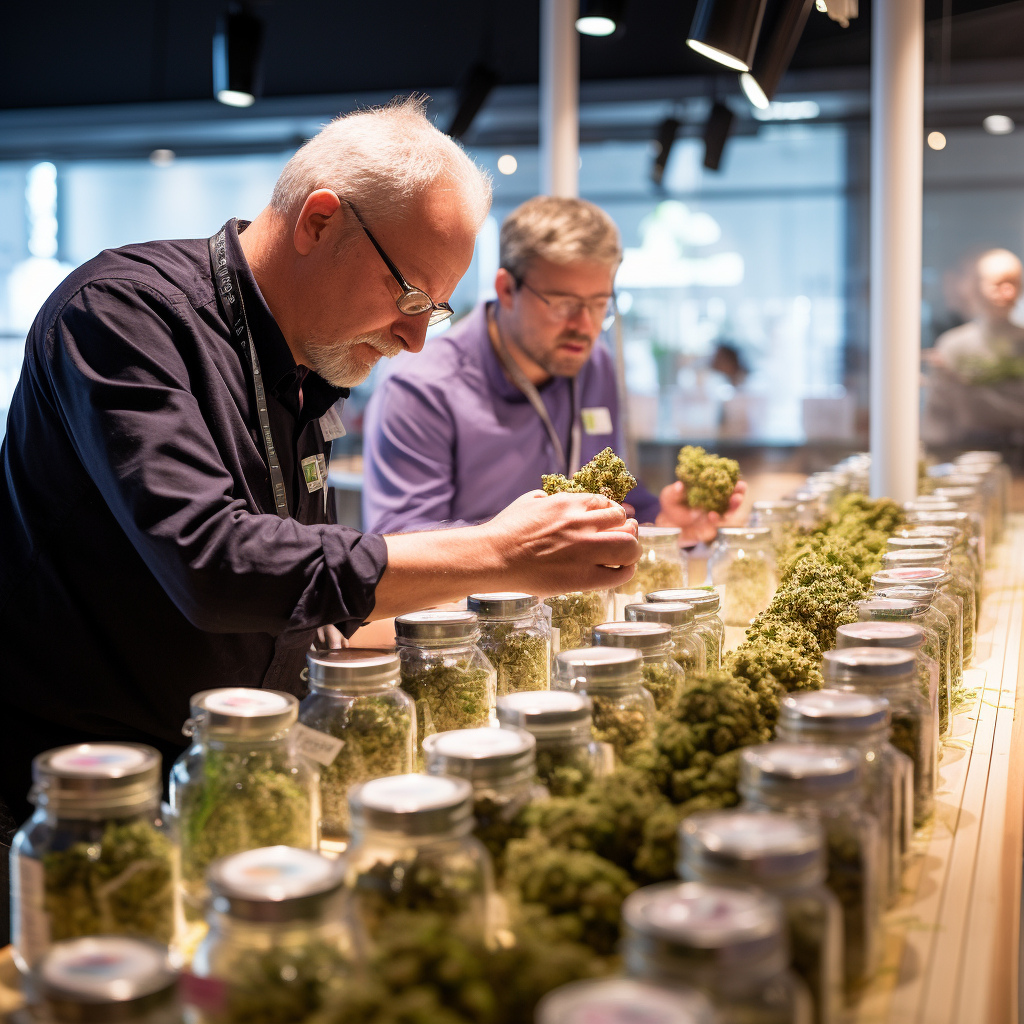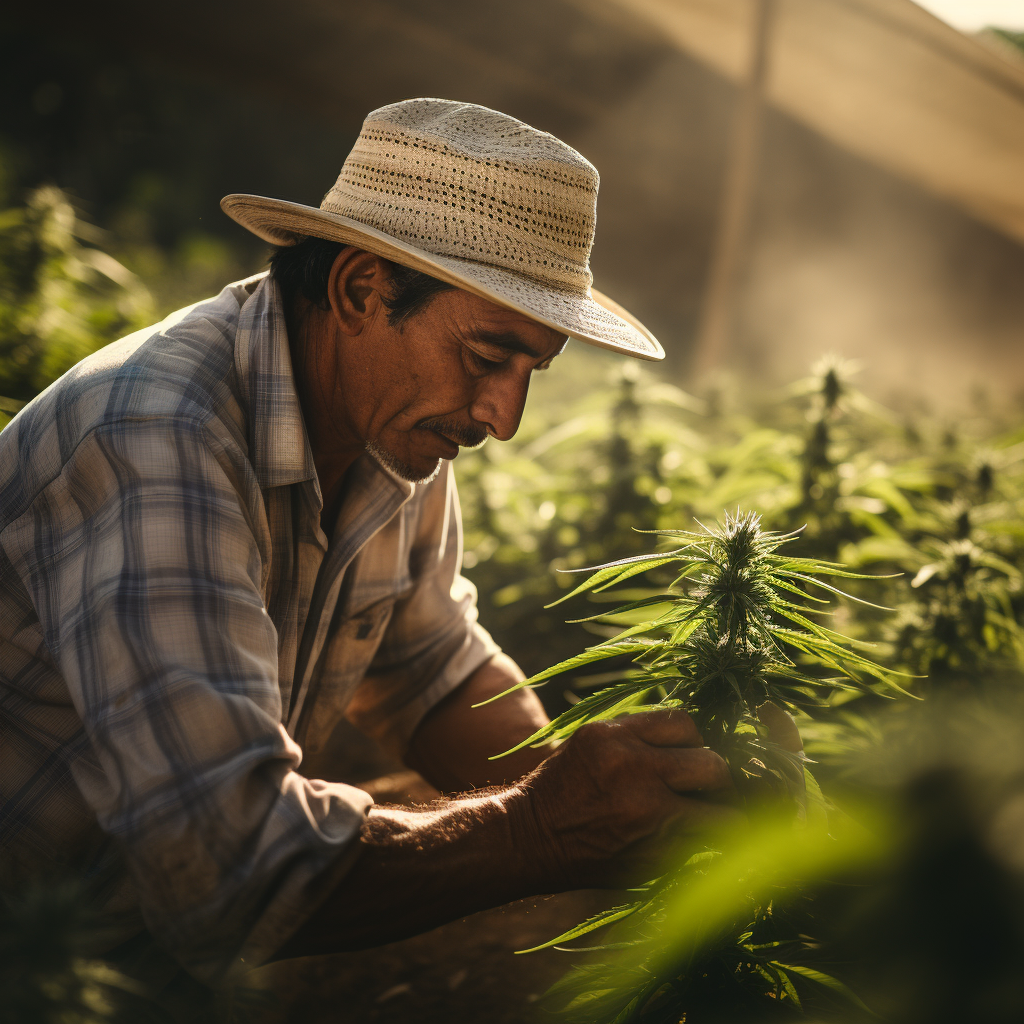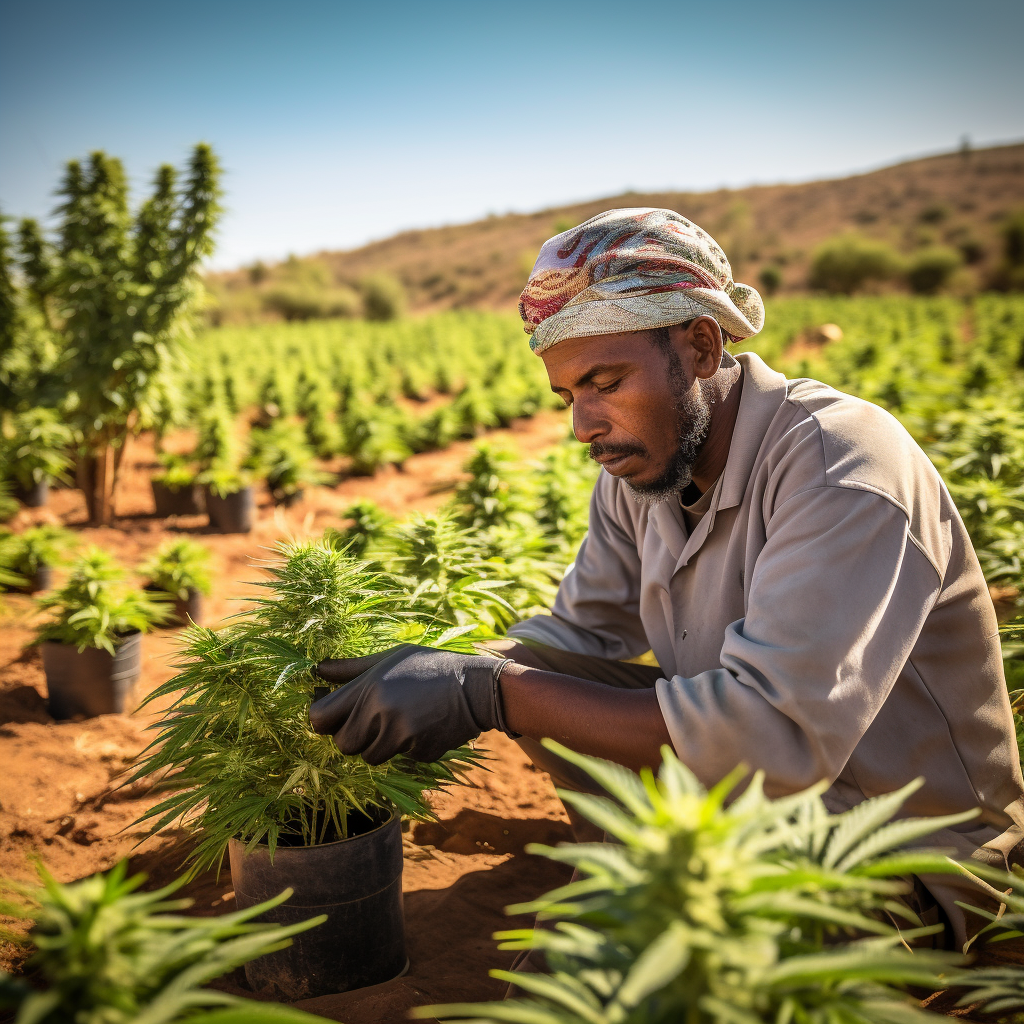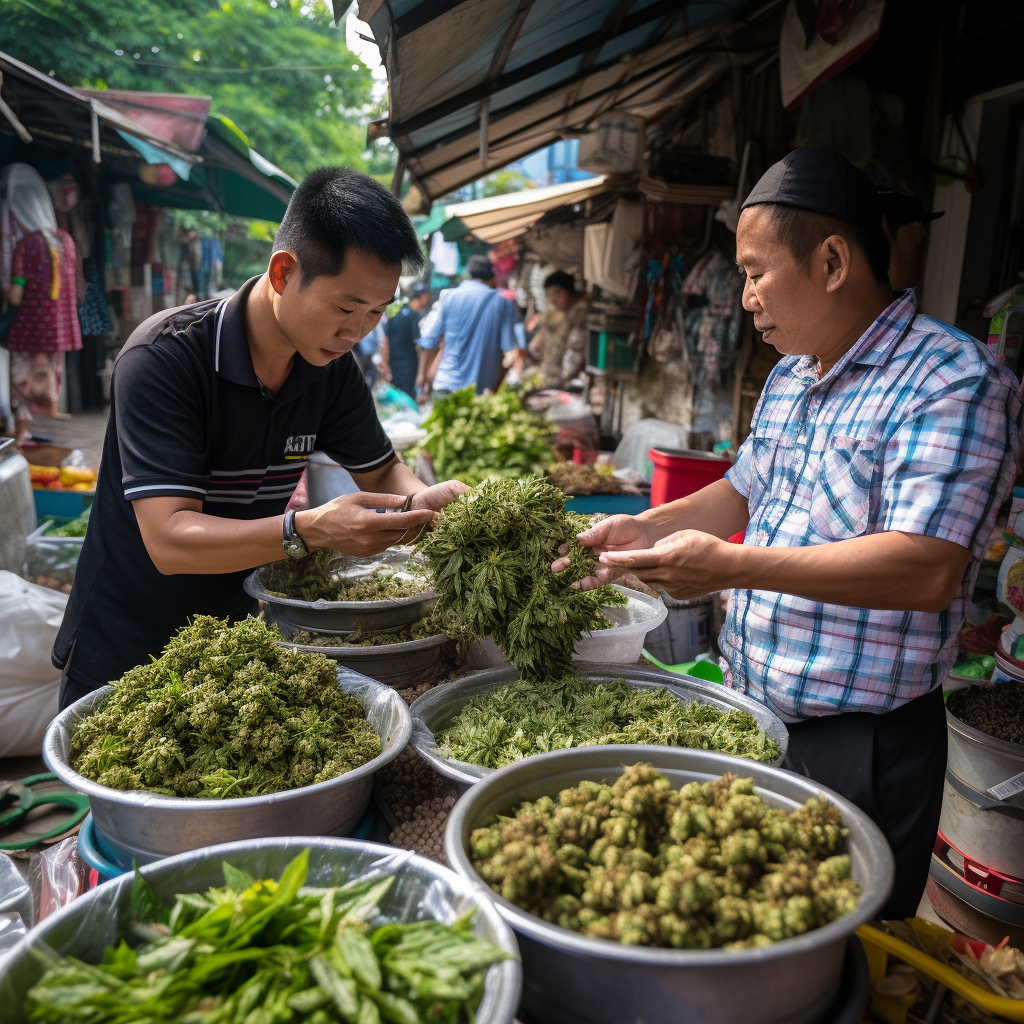In an era where change is the only constant, the global cannabis industry stands as a testament to rapid transformation and growth.
This exploration examines the intricate tapestry of the cannabis sector, weaving through the diverse regional narratives that collectively shape its global identity.
From the bustling markets of North America to the emerging frontiers in Asia, each region contributes its unique hues and patterns to this vibrant industry, painting a picture of complexity, opportunity, and relentless evolution.
North America. A Complex Mosaic of Progress and Challenges

North America’s cannabis landscape is a study in contrasts and potential. In the United States, the dichotomy of federal illegality versus state-level legalization paints a complex regulatory picture.
With 38 states embracing medical cannabis and 24 sanctioning adult use, the market is ripe for growth, especially with potential reforms like the SAFER Banking Act.
These changes could unlock new financial avenues and bolster both medical and recreational sectors.
Canada’s role in the global cannabis market is equally noteworthy. As a leader in medical cannabis exports, reaching C$160 million in sales, Canada demonstrates the economic viability of cannabis.
However, the adult-use market faces hurdles, including a robust illicit market and stringent regulations, which have stifled per capita spending compared to the U.S.
This juxtaposition of progress and restraint underscores the nuanced nature of the North American cannabis industry.
Europe & Israel. Nurturing Medical Innovation and Navigating New Frontiers

Europe’s cannabis scene is at a crossroads of tradition and innovation.
While the adult-use market is still nascent, countries like Germany are trailblazing in medical cannabis, with a patient base exceeding 250,000 in 2023.
This growth signifies a shift in healthcare paradigms, where cannabis is increasingly recognized for its therapeutic potential.
Israel stands out in this landscape, with a medical cannabis market surpassing the entirety of Europe. This dominance reflects a broader acceptance and integration of cannabis in medical treatments.
However, the European CBD industry faces a labyrinth of legal and regulatory challenges, reflecting the region’s cautious approach to cannabis and its derivatives.
Oceania. Pioneering in Medicinal Cannabis and Eyeing Global Leadership

Oceania’s cannabis industry, particularly in medicinal use, is a beacon of growth and ambition. Ranking as the third-largest medicinal cannabis market globally, the region is not just keeping pace but setting trends.
Australia’s recent steps towards legalizing adult-use cannabis at the federal level, marked by legislative initiatives, signal a progressive shift in policy and public perception.
The region’s aspiration to become a major global exporter of medical cannabis is supported by proactive regulatory frameworks and industry enthusiasm.
This ambition reflects a broader vision of Oceania not just as a market, but as a key player in the global cannabis narrative, leveraging its geographic and economic advantages.
Latin America. Overcoming Obstacles to Harness a World of Opportunities

Latin America’s cannabis journey is one of resilience and aspiration. Countries in this region are navigating a complex maze of bureaucratic, political, and supply chain challenges to carve out a place in the global cannabis market.
Brazil, as the largest market in LATAM, exemplifies this struggle and potential, with a significant rise in medical cannabis consumption.
The region’s competitive advantages, such as favorable climate and agricultural expertise, are tempered by the need for clearer regulatory pathways and access to capital.
These factors are crucial for LATAM to transition from a region of potential to a hub of cannabis production and innovation.
Africa. Export-Driven Strategies Amidst Emerging Domestic Markets

Africa’s cannabis landscape is primarily export-oriented, focusing on hemp and medical cannabis. Countries like Lesotho and Uganda are making strides in international markets, showcasing the continent’s potential as a cannabis exporter.
However, challenges such as regulatory bottlenecks and the need for significant capital investment, as seen in Morocco’s struggle to transition from illicit production to a legal market, highlight the complexities of this transition.
The success of African nations in exporting cannabis, particularly to European markets, underscores the continent’s growing role in the global cannabis economy.
This export-driven approach, coupled with emerging domestic markets, positions Africa as a region with untapped potential in the cannabis sector.
Asia. Navigating a Labyrinth of Regulations and Market Dynamics

Asia’s cannabis and hemp markets are characterized by a kaleidoscope of regulatory environments and market dynamics. Thailand’s recent deregulation, leading to a boom in dispensaries and producers, illustrates the region’s potential and volatility.
However, the country’s reconsideration of its stance on adult-use cannabis highlights the regulatory uncertainty that players in the Asian market must navigate.
Japan’s burgeoning CBD market, driven by high purchasing power and a focus on wellness, is a beacon of promise. Yet, the reliance on international imports due to the absence of legal domestic production reflects the region’s cautious approach to cannabis and its derivatives.
A Diverse and Dynamic Global Industry
The global cannabis industry is a mosaic of regional narratives, each contributing its unique colors and textures to the industry’s evolving tapestry.
From North America’s contrasting legal landscapes to Europe and Israel’s medical advancements, Oceania’s export ambitions, LATAM’s growth amidst challenges, Africa’s export-focused strategy, and Asia’s regulatory complexities, the global cannabis narrative is rich and multifaceted.
More info from the report at ProhibitionPartners.





